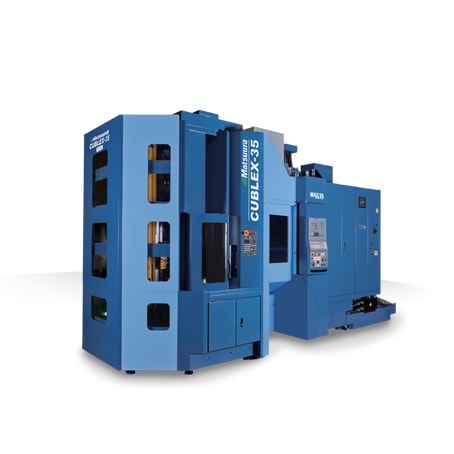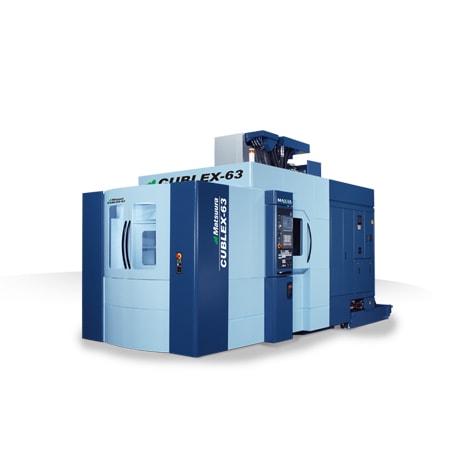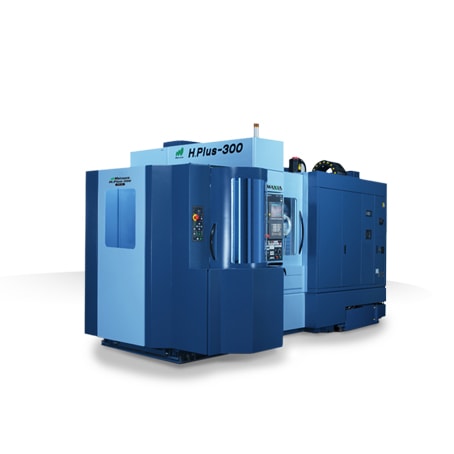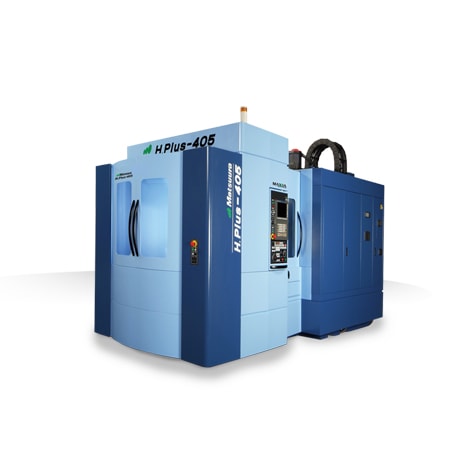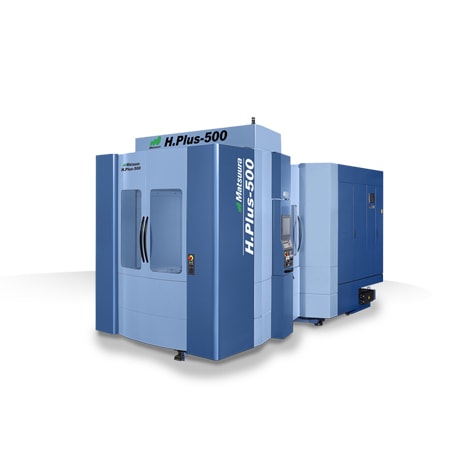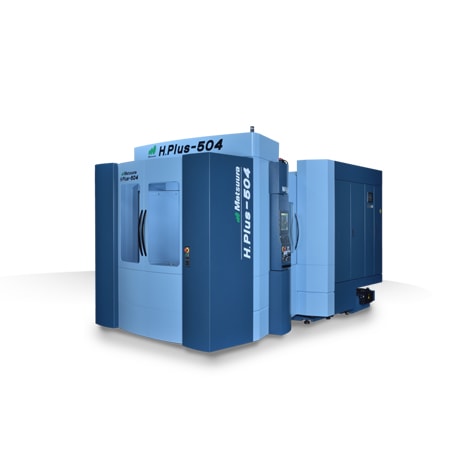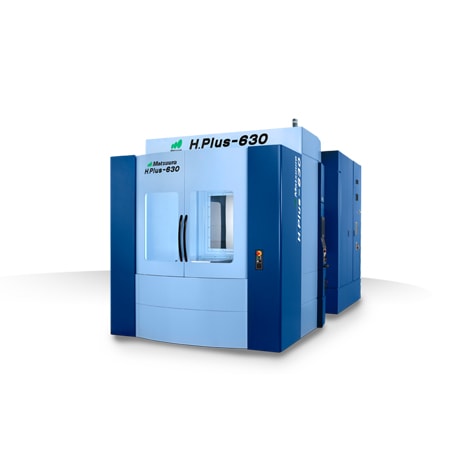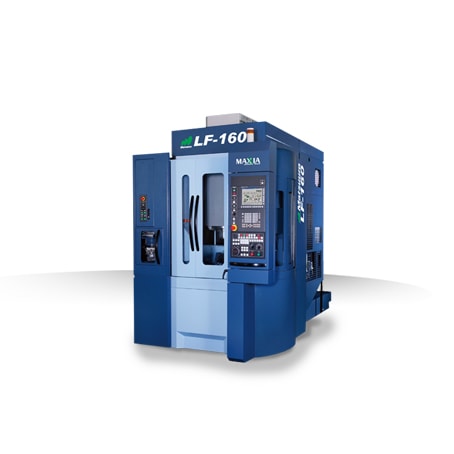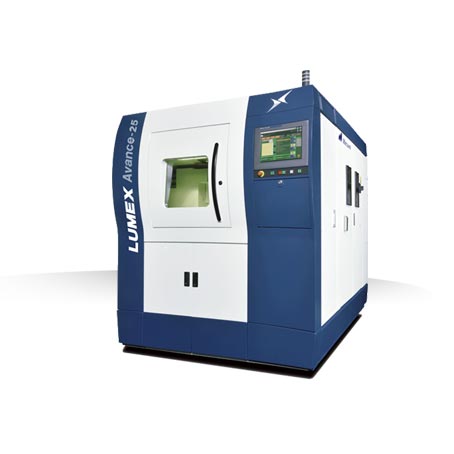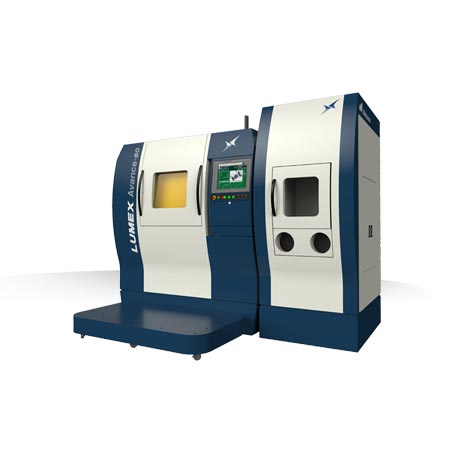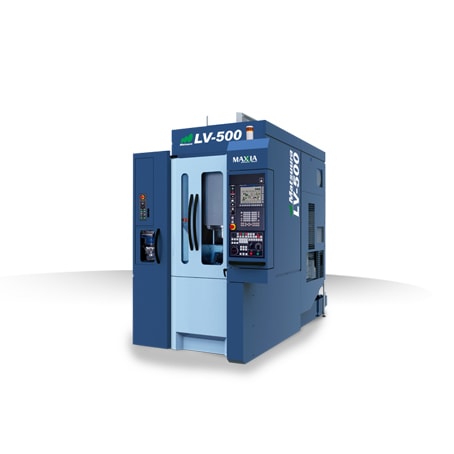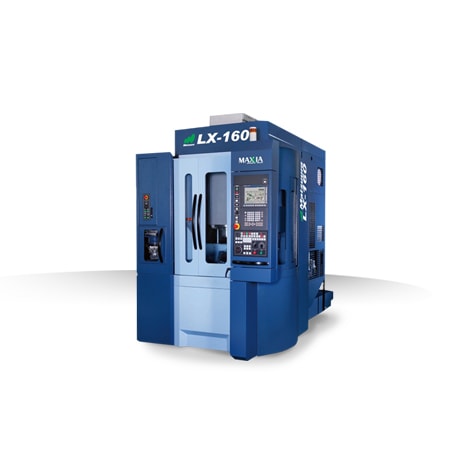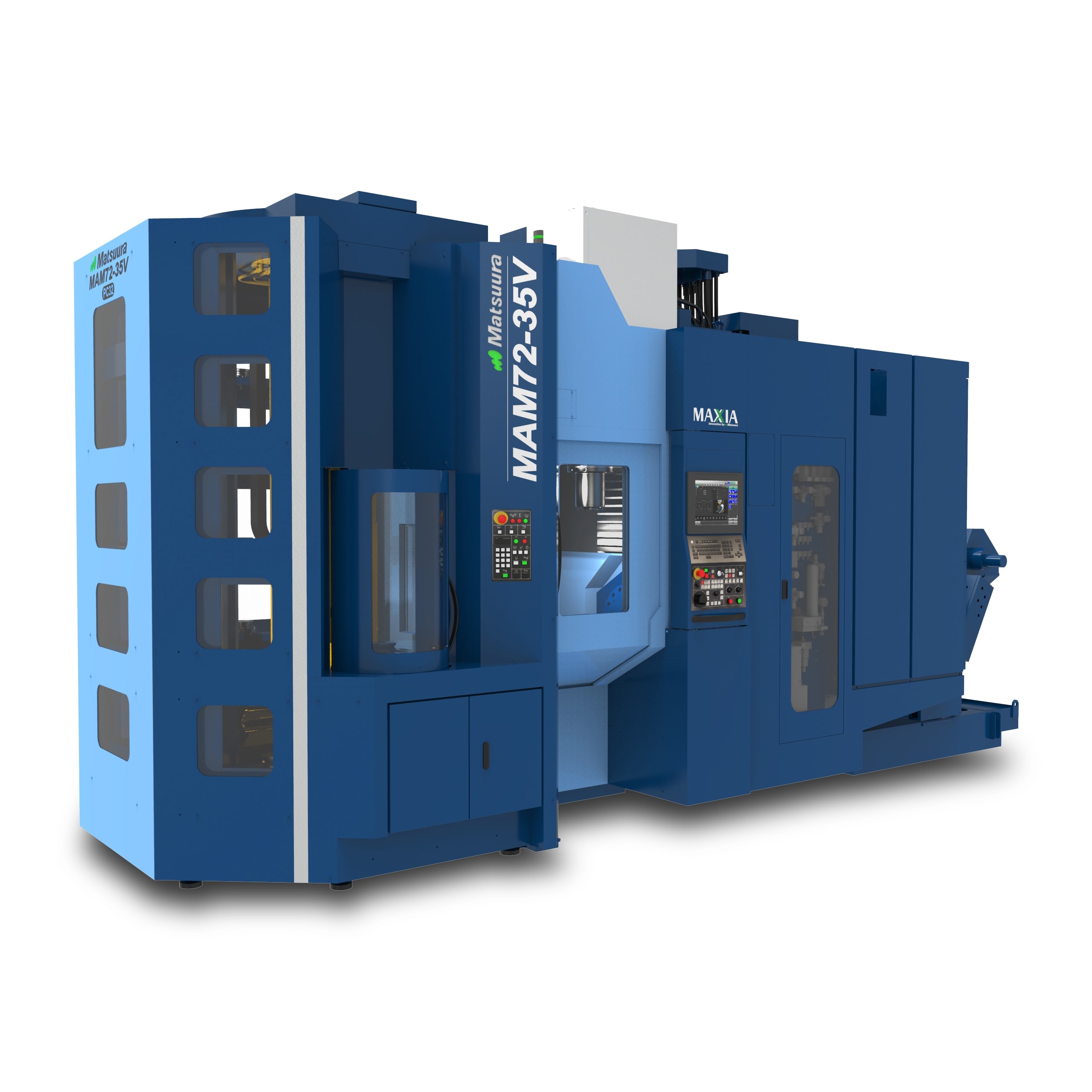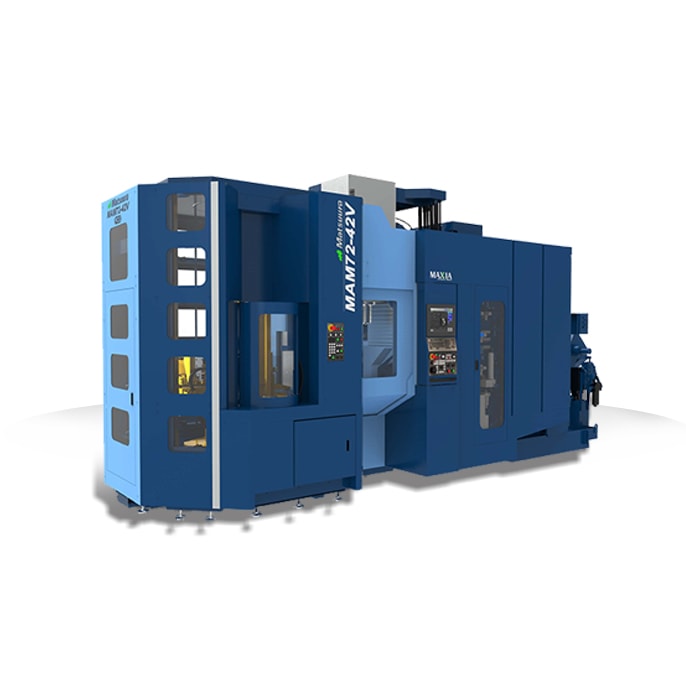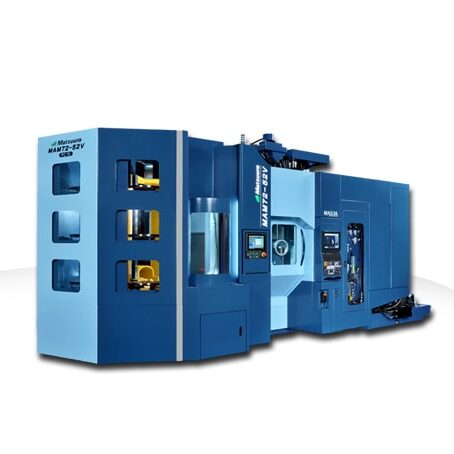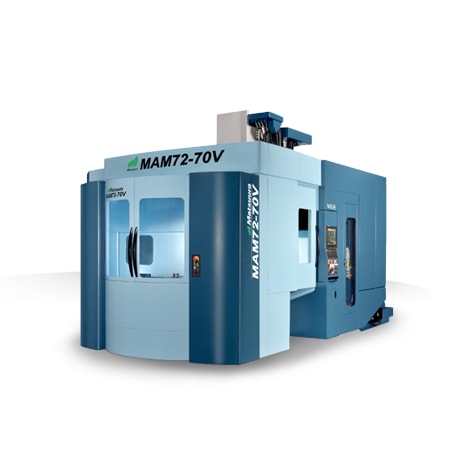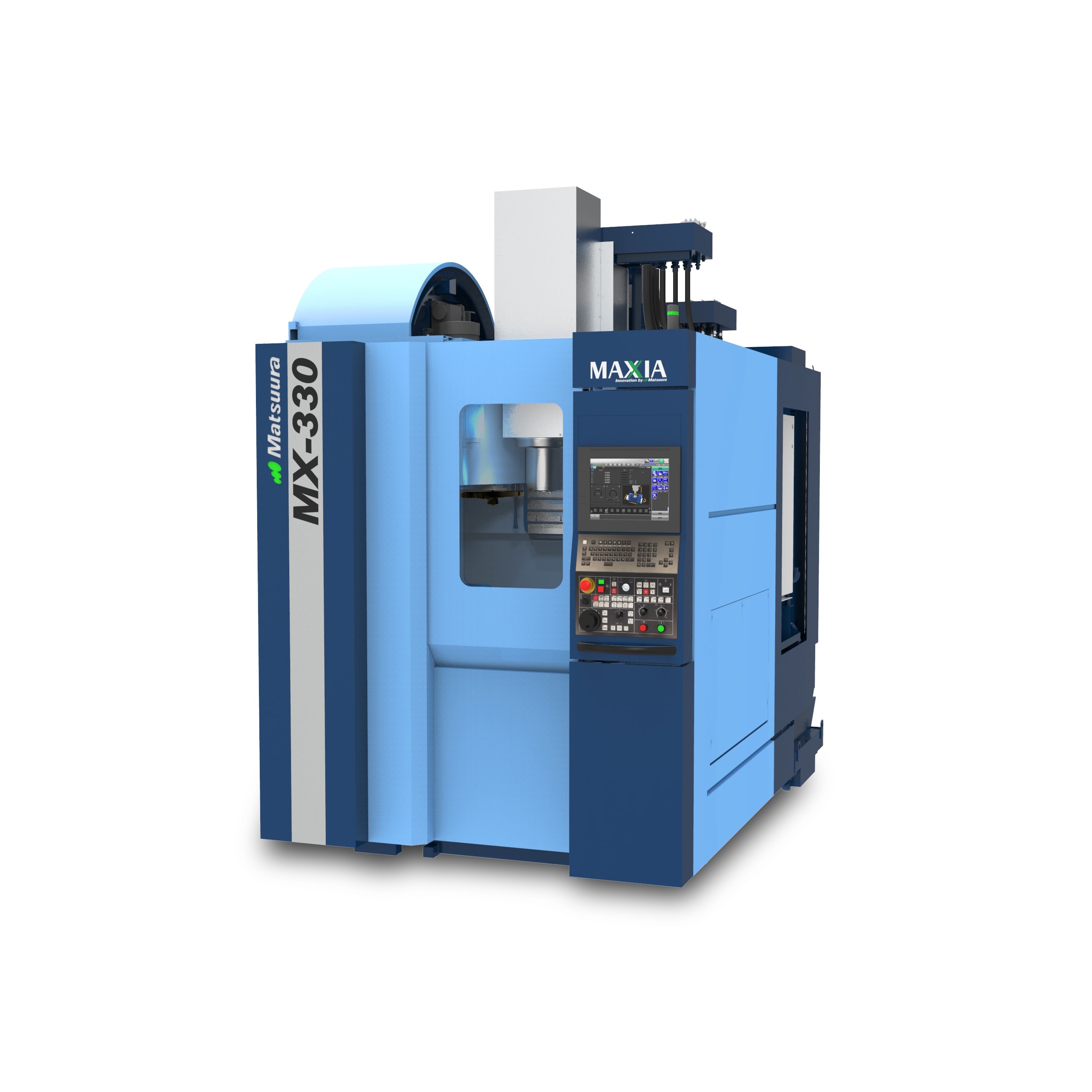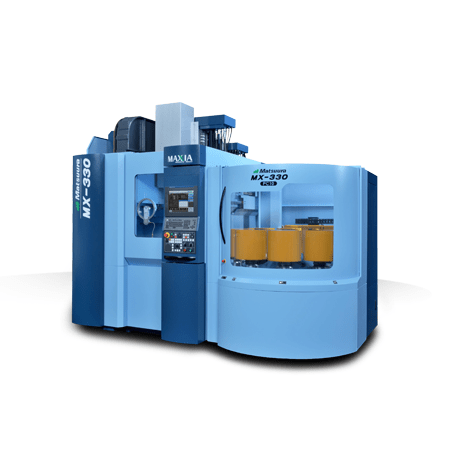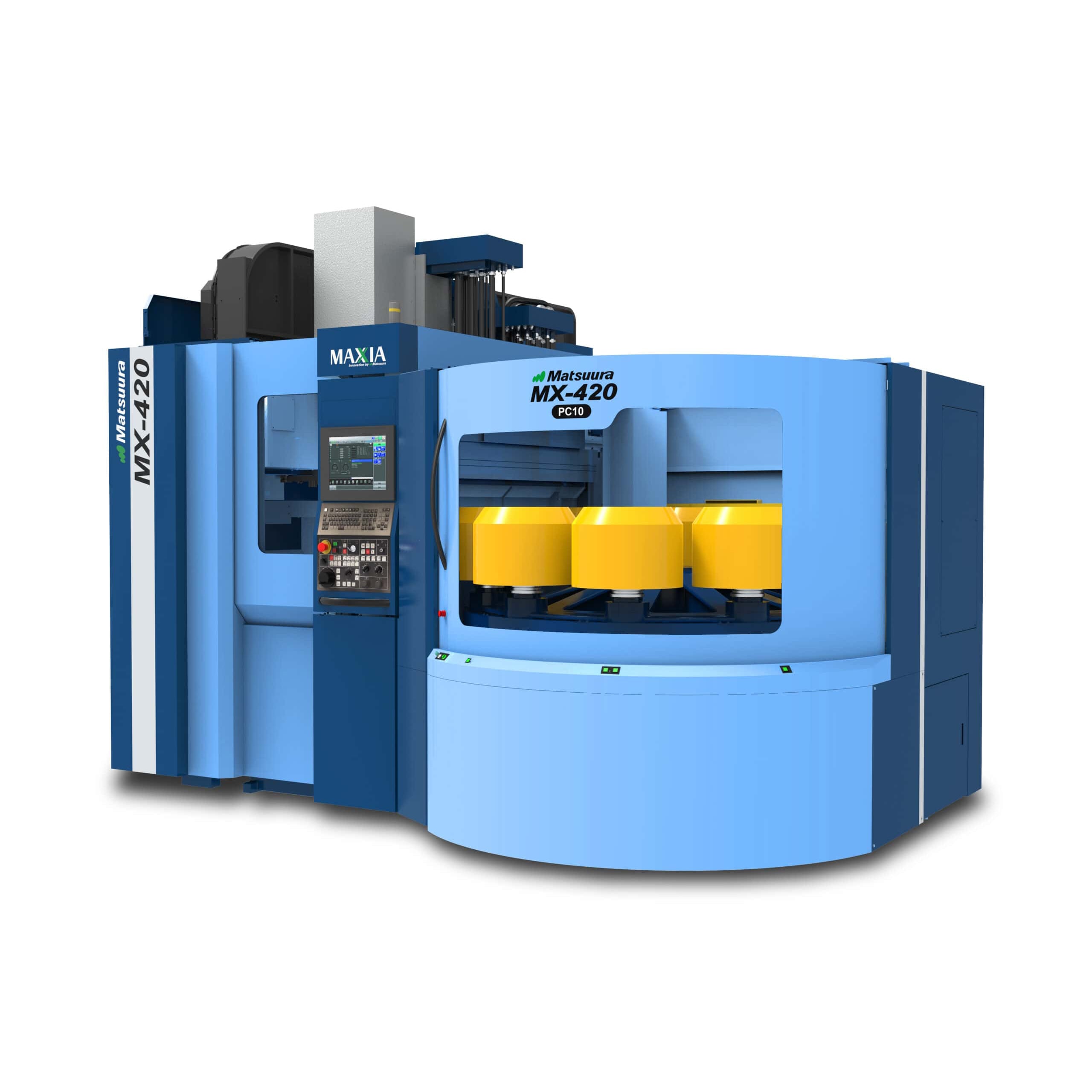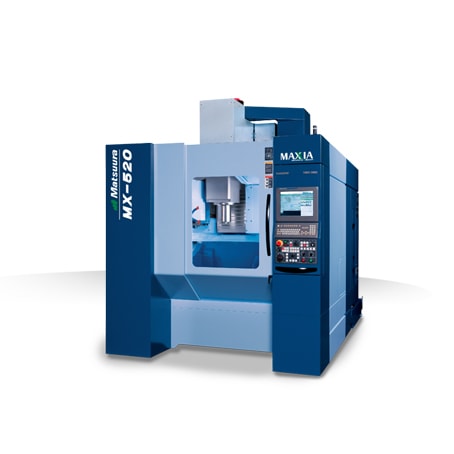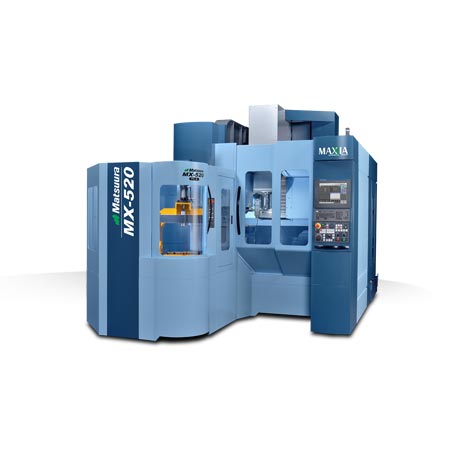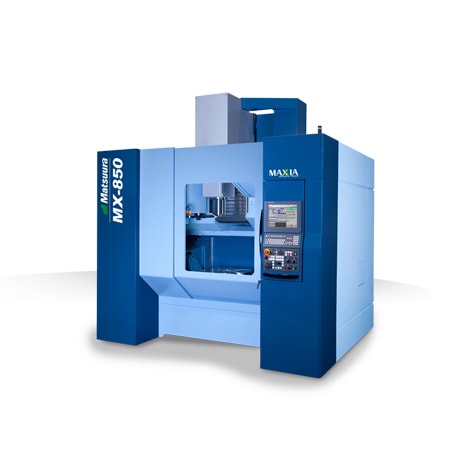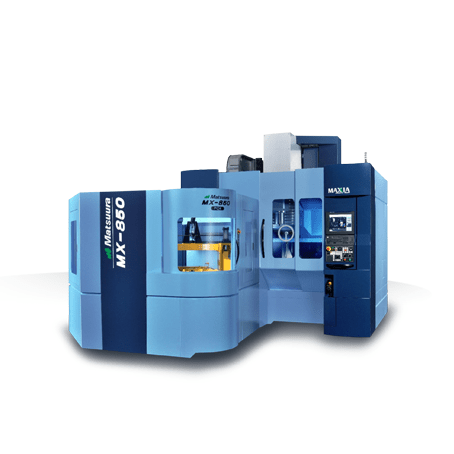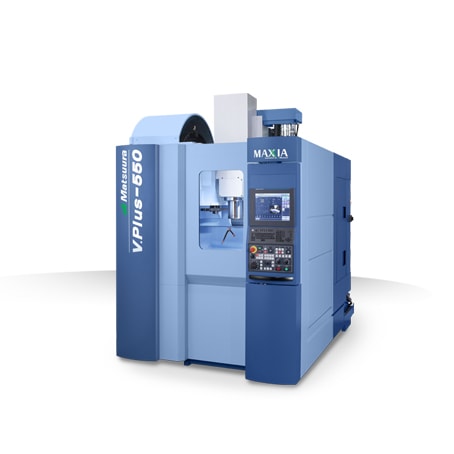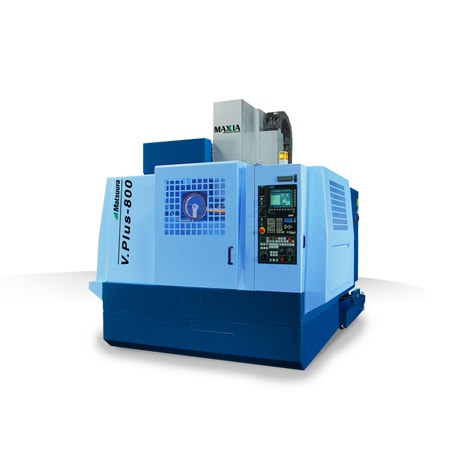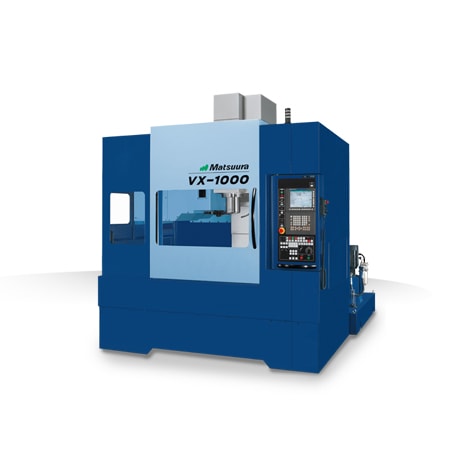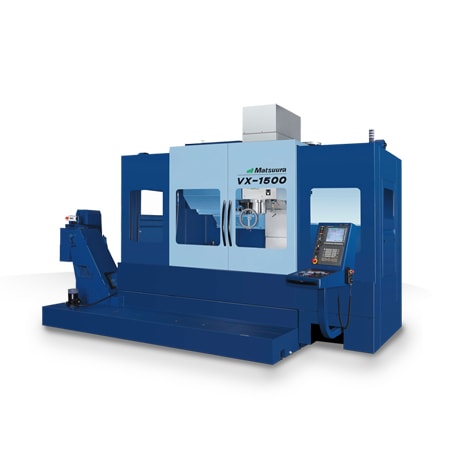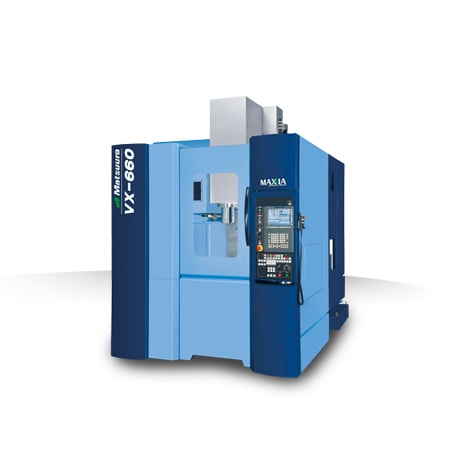Column From: 5/20/2014 Modern Machine Shop, Mark Albert, Editor-in-Chief
Conversations with several machine tool suppliers recently brought to my attention the growing tendency of a few machine buyers to act on a “good enough” mentality. The concern behind these remarks is that this thinking focuses too much on price instead of value. This tendency, it seems, is particularly noticeable among job shop buyers, for whom it may be especially harmful.
What’s behind this trend? Part of it is the climate of uncertainty that has persisted since the Great Recession of December 2007, which has been followed by a weak and unsteady recovery. Likewise, a widespread lack of confidence in the efficacy of public policy has prevailed in the business community. Wrangling over health care reform and its costs has been unsettling, for example. In addition, doubts about the health of banks and lending institutions have lingered, although equipment financing has eased as an obstacle to buying.
These concerns may lead some buyers to settle for that “good enough” machine. This can be a mistake. One danger here is that a machine good enough for now will not be good enough for long. The job shop, for example, may find that it can’t quote when an existing customer comes with a job involving bigger, heavier or more complex workpieces, or it needs tighter tolerances, faster turnaround or special capabilities. The shop may find it can’t go after work in a different market or quote on jobs that it could grow into. This is not the way to win the reshoring game.
Will the “good enough” machine have a toolchanger that can accommodate additional tools and spares? Will it have enough axis travel for workpieces in the next size range? Does it have options for multi-axis simultaneous machining? What options for automation have been provided?
The advice I heard is worth passing on:
• Use spreadsheets of machine-tool specs judiciously. The spreadsheet is a great tool to be sure no key comparison between models is overlooked. However, spreadsheets are less useful for capturing other vital considerations such as the level of service and support, reliability, the availability of spare parts or system upgrades, ease of maintenance and expected resale value.
• Give adequate attention to total cost of ownership. The tools for making this calculation are well-developed and can be readily applied. Worksheets that solicit this information and supply the math are available. The results give balance and nuance to the spreadsheet exercise.
• Avoid a consumer mentality. It tends to view technology acquisitions as a choice among commodity items. Instead, think like an investor. An investment buys part of the future as well as secures the present. Anticipate growth. Think lean—keep the focus on a future state in which the value stream has less waste.
